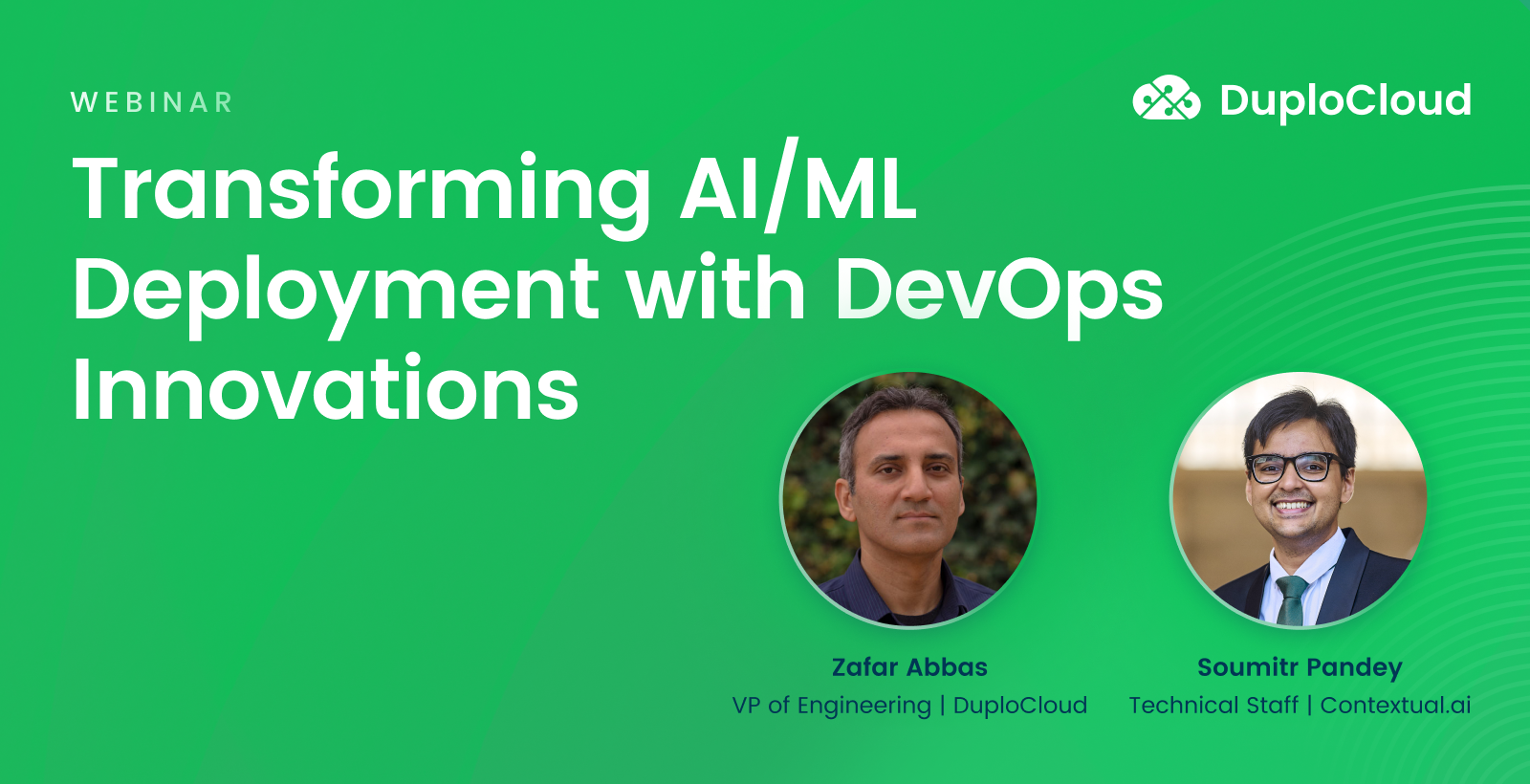Cost reduction, performance and security automation, scaled resource management, and much more await in the cloud
Innovation, adaptability, and speed are crucial to finding success in the 21st century. Whether you’re working for a startup looking to operate on a global scale or an enterprise that needs to enhance interoffice collaboration, the cloud is the key to unlocking these capabilities. And studies show that over half of all enterprises will shift to cloud platforms by 2027 to achieve their goals.
Successful completion of an on premise to cloud migration enables numerous benefits for any organization — reduced costs, increased flexibility, and much, much more. Understanding and articulating these benefits — along with recent cloud migration success stories — will help you achieve the executive buy-in you need to make your own migration successful.
What Is On Premises to Cloud Migration?
On premises to cloud migration is the process by which organizations transfer data storage and applications from on-site physical servers to public cloud data centers like AWS, Azure, and Google Cloud. Learn more about how to plan properly for a cloud migration.
There are a few ways to successfully process a physical mainframe to cloud migration of data, and choosing the proper method largely depends on how much data organizations need to transfer. Organizations may opt for a differential copy if the volume of data is manageable enough to be transferred over the internet. Here, data is copied to the cloud while the application runs, either through a series of differential backups or a secondary database replicated in the cloud. In either case, once the team has transferred enough data to the cloud, engineers can decommission the physical servers and allow the cloud server to run in their place.
Organizations with data that is too large for internet transfer will need to opt for an offline copy. This process involves internal data transfer to a physical device, which the organization ships to the cloud provider, who then manually transfers the data to the cloud server. Once complete, the cloud server will run in place of the on-prem server.
In addition to data migration, teams may need to transition entire applications and the infrastructure supporting them into cloud environments. There are a few strategies for application migration, depending on complexity or the required timeline to go-live. Organizations that need to get programs up and running quickly and at low cost may want to implement a lift-and-shift strategy, where virtual machines within the cloud run legacy applications without needing a significant overhaul. If you need to take advantage of cloud-native services, developers may need to refactor the application to take advantage of those features, which will require rewriting portions of code to run. In some cases, it may be necessary to decommission the legacy application entirely, as features may be duplicated elsewhere within the cloud, or it becomes more time-consuming or costly to refactor than writing a new application.
Cloud migration is a lengthy, time-consuming process. However, automation can help speed up this process while reducing the opportunity for human error. Read our whitepaper to learn how DuploCloud’s automation tools can speed up migration and deployment times by a factor of ten.

The 7 Benefits of Cloud Migration
Cloud migration is not an insignificant task, and requires a keen understanding of the planning challenges and cost associated with making the move. Once finished, organizations will immediately start seeing cloud migration benefits to their operations and workflow.
Ready to take your understanding of cloud migration further? Check out The Essential Guide to Cloud Migration.
Scalability and flexibility
Spinning up additional cloud resources is much easier, faster, and more cost-effective than building additional physical servers. Cloud servers can be added or decommissioned on the fly based on natural traffic demands, so you’re only operating with exactly what you need at all times.
Cost reduction
Since the cloud handles all of the work, there’s no need to maintain expensive on-prem hardware or pay power and maintenance costs to keep them operating. Organizations only pay for the resources they use.
Greater access to important files
Centralized cloud storage ensures that authorized employees have access to important files, whether they’re working on-site or logging in remotely. It also prevents crucial files from being stored locally, greatly reducing the chances of data loss through failed hardware or compromised security. And thanks to the flexible capacity of the cloud, storage limitations are a thing of the past.
Enhanced collaboration
Improved access to crucial files also unlocks enhanced productivity across large-scale projects, whether employees are working in the same room or collaborating thousands of miles apart. Employees can easily share files, edit documents in real-time, and synchronize tasks to facilitate global communication and collaboration.
Improved performance
Splitting data across the cloud within multiple regional data centers makes it much easier and faster to serve a global audience than keeping data tied to a single physical location. And because it’s much easier to spin up load balancing servers to meet demand, users will be far less likely to experience downtime.
Automated security and compliance
While it’s possible for on-prem security to meet or exceed the security found on cloud services, maintaining the team and infrastructure to do so is time-consuming and cost-prohibitive for all but the largest enterprises.
Instead, services like AWS, Azure, and Google Cloud apply security and compliance best practices on the server side, which ensure the infrastructure is always covered. While organizations are still responsible for maintaining security within the cloud, they’ll have access to built-in features to help monitor data risk and manage IAM profiles.
Simplified and reliable resource management
Cloud platforms provide a central interface for accessing many of their features, making managing data management and reporting much easier. Included backup and recovery tools allow organizations to revert to prior working instances to reduce downtime rapidly. Plus, many services advertise a guaranteed 99% uptime, so organizations can be sure operations are stable.
| Cloud migration benefits | |
| Scalability and flexibility Spin up instances faster and at lower costs than physical hardware. | Cost reduction Do away with expensive on premises resource costs. |
| Greater access to important files Reduce data loss with centralized file storage. | Enhanced collaboration Unlock global project collaboration with real-time editing and sharing tools. |
| Improved performance Serve global audiences more reliably and at scale. | Automated security and compliance Realtime reporting and monitoring reduces risk of data breach. |
| Simplified and reliable resource management Backup and recovery tools reduce downtime. | |
Security Concerns During Cloud Migration
On-prem to cloud migration is a complex process with many moving parts, and teams must take proper care to avoid introducing security risks. Before beginning the migration process, create a plan and stay aware of potential exposure points to maintain data integrity during the transition. Here are a few concerns teams will need to consider before they begin:
- Misconfiguration: Cloud platforms contain an array of settings, and inexperienced users may leave sensitive data exposed by activating improper configurations. Ensure the entire migration team reads and understands all documentation, and lean on expert advice and assistance when unsure how certain settings are meant to operate.
- Improper IAM: Understanding how to set up least-privilege access roles and identity policies is important, as weak or improperly secure user accounts are often an attack vector for malicious actors during a cloud migration.
- Transferring sensitive data first: It’s tempting to transfer the most important or sensitive data first to ensure a successful migration, but this is the period where teams are least experienced with new platforms and may introduce an unnecessary risk of data exposure. Teams should get familiar with the cloud by working with common, non-critical data and only transfer sensitive data once they are fully confident in the platform and how it works.
3 Cloud Migration Success Stories
Successful businesses that switch to cloud data services often cite the migration to the cloud as one of the key factors of their success.
Airbnb
Airbnb is a community-driven vacation rental hub that connects millions of travelers with hosts in over 100,000 cities across the globe. The company was formed in 2008 but quickly realized it needed a cloud solution to manage its data. A year later, leadership migrated operations to AWS, completing the entire database migration with a five-person operations team and only 15 minutes of downtime. Airbnb was then able to seamlessly scale up its operation, adding additional servers as its business grew.
Auto Trader
Auto Trader also made the jump to the cloud in recent years. The UK-based print magazine-turned-digital automotive marketplace transitioned to a digital business model in 2013 but still managed on prem infrastructure with an Oracle database. In 2018, the company decided to transition to Google Cloud SQL. As of 2021, it has migrated around 65% of its database to the cloud. This transition has allowed its teams more flexibility in development, making maintenance easier to manage for developers and users, as well as the ability to provision instances for work without disrupting the main product.
Spotify
Spotify is a global music streaming service created in Sweden in 2006 that currently serves over 551 million active users. Serving music to millions of users naturally relies on cloud technology, but Spotify didn’t start in the cloud. In fact, Spotify relied on on premises data clusters for nearly a decade, eventually beginning its cloud migration in 2015, using a mix of lift and shift and rewrites to move its infrastructure into Google Cloud. In 2017, Spotify shut down one of its four on premises servers; by 2018, all four were decommissioned with all operations running in the cloud.
Speed Up Your Cloud Migration Time With DuploCloud
Migrating infrastructure to the cloud is a boon for businesses and applications of any size, but even dedicated DevOps teams will need to spend weeks — or even months — managing all of the configurations necessary to ensure a smooth and secure migration. That’s where DuploCloud can help.
DuploCloud is a DevOps automation platform that creates the necessary infrastructure configurations for your application. Using industry best practices and the most recent security and compliance protocols as a foundation, DuploCloud maps current infrastructure, containerizes stateless applications, and migrates data reliably and with minimal downtime. Learn more about DuploCloud's Cloud Migration solution to reduce costs and migration times for your business by up to 80%.








